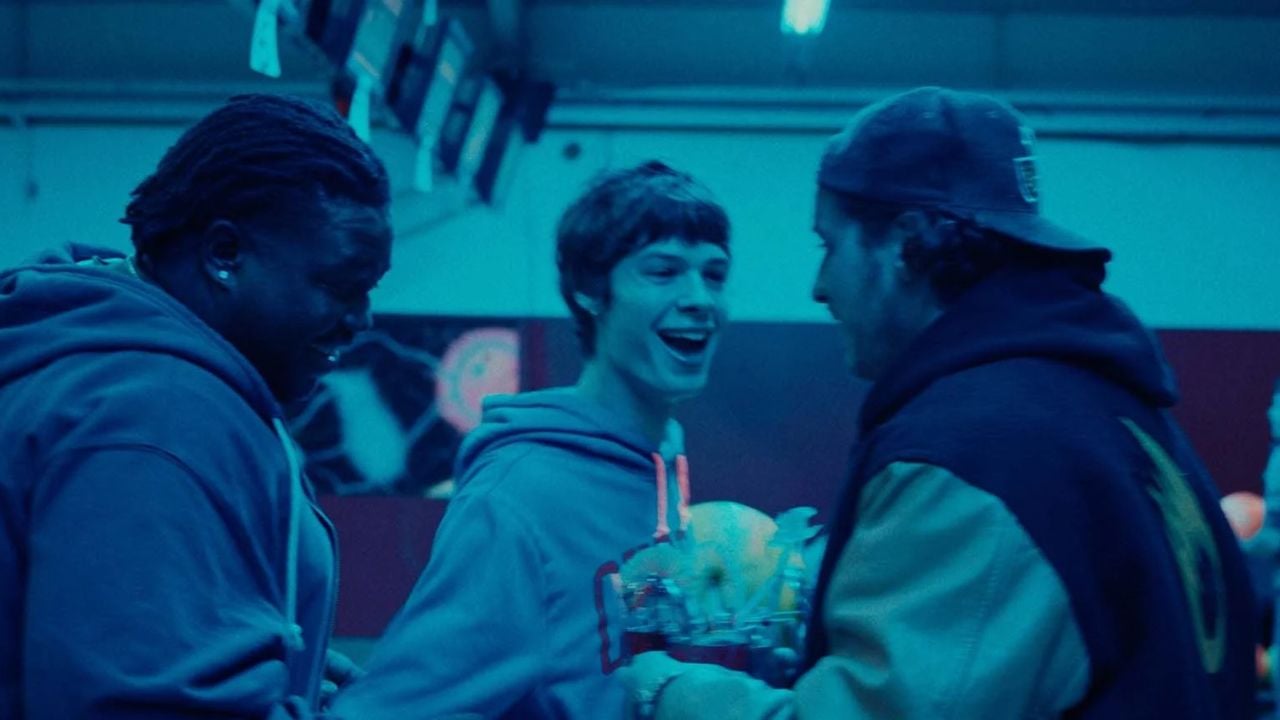Is it necessary to replicate the gestures and appearance of a real character to create a good biopic? We spoke to Imelda Staunton, Javier Calvo, Iván Sánchez, Lesley Manville, and Jonathan Pryce about this issue.
The biopic is a genre on the rise and recent titles such as ‘Blonde’, ‘Elvis’, ‘The William Method’ or the television shows ‘The Crown’, ‘Bosé’ or ‘Cristo y Rey’, to give a few examples, demonstrate it. But what is the path for an actor to become a well-known character on the screen? Mimetic performances are frequently praised and the physical resemblances between performer and interpreted are analyzed, although the pure and simple replica may not be enough to give truth to a character. Is it really necessary to trace the gestures or is it more important to find the essence of the character?
“I think you have to do everything. Of course, I can’t just be me,” Imelda Staunton, the last Queen Elizabeth II of ‘The Crown’, responds to PHOTOGRAMS about it, “Peter Morgan has to write the feelings behind closed doors We may be portraying historical events, but he puts the feelings behind, before and after those events. So you have to tread carefully on the line between being that person, pretending to be that person, and giving them real feelings.. And knowing that they are fictional at the same time. I think that’s what the whole cast of ‘The Crown’ has done, like you’re doing two characters at once, in a way.”

“There is no correct way to do it,” reflects Javier Calvo, responsible with Javier Ambrossi for ‘Veneno’, about the life of Cristina Ortiz. “There are people who are perfect imitators and they do it great, but, in general and from our experience, I think what the actor has to do is understand where that character is in him, what he wants to tell and what about him in that character.. For me, Kristen Stewart was amazing as Diana. She talked about herself and it’s clear: she’s not doing a Diana impression, but she’s talking about her experience with fame and feeling downtrodden as she’s felt for many years.” One of the keys to understanding the matter is that, by far The fact that a reality is being portrayed never ceases to be fiction. Iván Sánchez, one of the two actors who play Miguel Bosé in the series ‘Bosé’, points to this: “We have run away from trying to do an imitation. Although you are making a biopic, it is still a fictional series and it would be absurd to do an imitation. We have worked finding our own Miguel, understanding how he works, his spirit and what moves him underneath.”
“It’s very complex,” says Lesley Manville, who plays Princess Margaret in ‘The Crown,’ “You go to your instincts most of the time and you have to find a balance between creating this famous family, but without forgetting that we got to it through us as actors. There are times when you do something and you think: ‘oh, this is not appropriate’, and it may be a very small thing, but it takes you out of these people that we know so well. His co-star Jonathan Pryce says he spent a lot of research time creating his character: “More than anything, I’ve enjoyed the discipline of playing a real character who’s so in the public eye. There are so many things you can do and so many gestures that can make the character unreal. So I really enjoyed the whole process. I watched many videos of Prince Philip on Youtube. How he spoke to him, how he stood, how he walked… That was my job”.
Something to hold onto to give it truth

Of course, watching an actor faithfully recreate another person’s gestures can be fascinating, but if the emotion and the truth are lost, it can fall into an interpretation more typical of ‘Your face sounds familiar’ than a dramatic work. In this sense, Javier Calvo tells us about how they work: “I think makeup, hairdressing and costumes are very important. Characterization helps us get closer to that person. And then it’s also usually good to take something of that character and carry it to the end, something to hold on to. For example, we and Isabel Torres knew that she was perhaps not going to have the self-confidence that Cristina had, but that she did have that trace of melancholy, pain and emotion in her and, then, we decided to explore that side of Cristina. I think it’s that: see what you can hold onto from that character, what you want to tell about him and, above all, what you have to contribute or how that character talks about you. That’s what a real and emotional interpretation will do, the rest, as you say, is imitation, it’s ‘Your face sounds familiar’”.
The actor from ‘Bosé’, in line with Calvo, also believes that it is more important to evoke than to trace: “When you imitate you are always watching a performance and in fiction it is not about that”, says Sánchez, “The viewer accepts the convention that the life of a person is going to be told through another, an actor, so it is not necessary to caricature him in a great way. Although Jose’s work [Pastor] and I have been very individual with the directors, then we did get together to give him three or four physical details (the way he walks, touching his face at a given moment, something he does with his lip…) so that the audience understands that the character is there”.
Source: Fotogramas
Camila Luna is a writer at Gossipify, where she covers the latest movies and television series. With a passion for all things entertainment, Camila brings her unique perspective to her writing and offers readers an inside look at the industry. Camila is a graduate from the University of California, Los Angeles (UCLA) with a degree in English and is also a avid movie watcher.







-qxiafze9t0l0.png)
